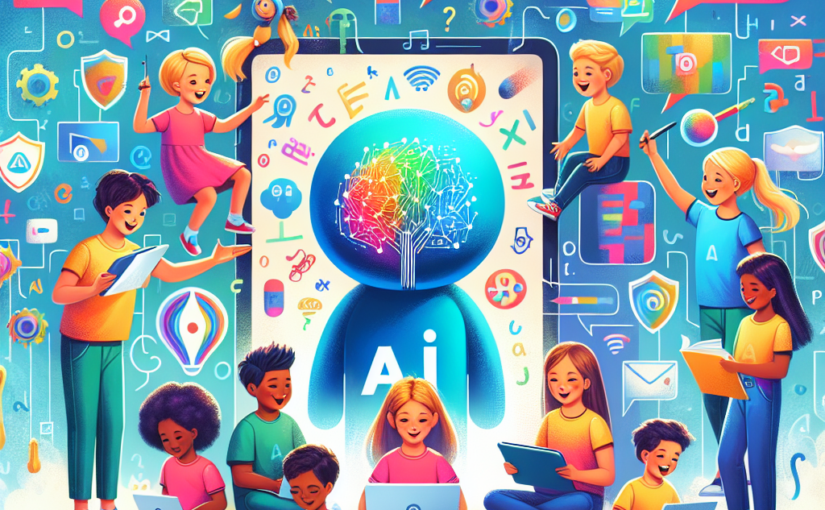In today’s digital age, artificial intelligence is revolutionizing how children learn and interact with technology. ChatGPT, a sophisticated AI language model, has emerged as a powerful educational tool when properly adapted for young learners. But what makes it suitable for children, and how can parents ensure its safe and effective use?
Making AI Child-Friendly
The development of specialized versions like “ChatGPT for Kids” has transformed the technology into a safe learning environment. These adaptations include age-appropriate language, interactive learning tools, and robust parental controls. Educational apps incorporating ChatGPT 4, such as BrainyBee, offer personalized learning experiences while maintaining strict safety standards.
Educational Benefits and Applications
ChatGPT serves as a versatile educational companion across multiple subjects. For language learning, it provides interactive conversations that make practicing new languages engaging and accessible. In creative writing, it generates prompts and participates in collaborative storytelling, fostering imagination and writing skills. The technology also excels in breaking down complex math problems and introducing basic coding concepts through interactive problem-solving exercises.
Safety First: Protecting Young Learners
Ensuring a safe learning environment requires careful consideration. Modern ChatGPT applications for children incorporate essential safety features:
– Comprehensive parental controls for usage limits and content filtering
– Strong content moderation systems
– Regular updates from educational experts
– Compliance with child protection regulations like COPPA and GDPR
Balancing Benefits and Challenges
While ChatGPT offers numerous advantages such as personalized learning and increased engagement, parents should be aware of potential drawbacks. These include the need to verify information accuracy and prevent over-reliance on technology. Expert guidance suggests maintaining a balance between AI-assisted learning and traditional educational methods.
Best Practices for Implementation
For optimal results, educators and parents recommend:
– Setting clear usage guidelines and time limits
– Maintaining active supervision during AI interactions
– Using ChatGPT as a supplement to, not replacement for, human teaching
– Regularly reviewing and discussing children’s AI learning experiences
Looking Forward
The integration of ChatGPT in children’s education continues to evolve, with new applications and safety features being developed. As this technology advances, it promises to provide increasingly sophisticated and secure learning opportunities for young minds while maintaining the essential human element in education.
The key to success lies in thoughtful implementation, proper supervision, and understanding both the potential and limitations of AI in childhood education. With these considerations in mind, ChatGPT can serve as a valuable tool in supporting children’s learning journey in the digital age.

